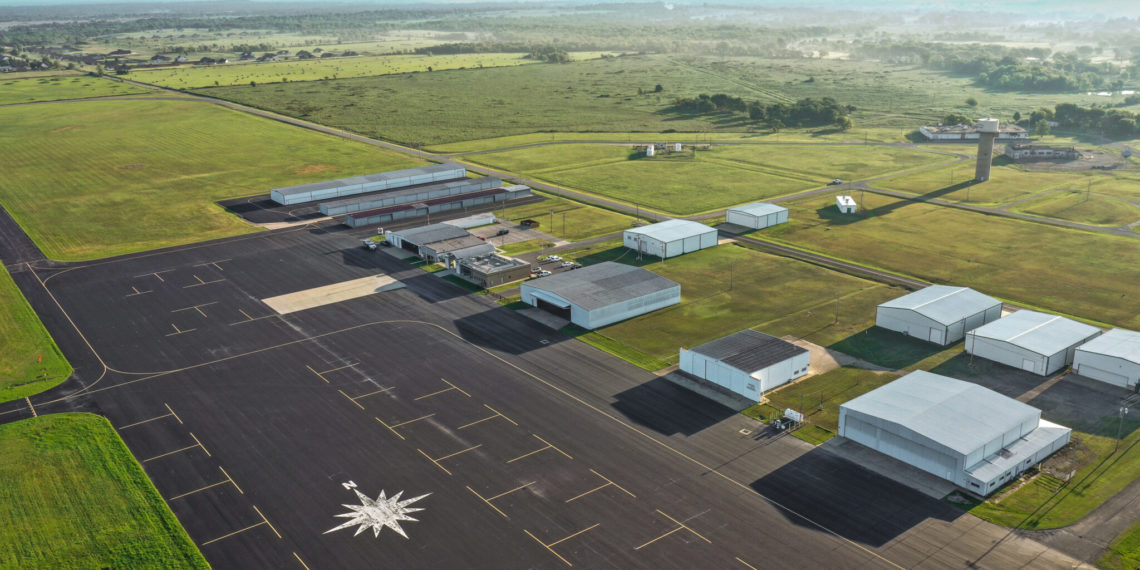MUSKOGEE, Okla. (OBV) – Port Muskogee officials say they are on the verge of revolutionizing aerospace education through drone technology thanks to a major grant.
An Oklahoma Aeronautics Commission Aerospace and Aviation Education Grant will enable Port Muskogee to integrate drone technology into high school classrooms, maximizing aerospace education in Muskogee County high schools, according to Oklahoma Department of Commerce officials.
“Through the power of collaboration and unwavering dedication, Port Muskogee is soaring to new heights in aerospace education,” said Kimbra Scott, Executive Director of Port Muskogee. “With the acquisition of the Oklahoma Aeronautics Commission Aerospace and Aviation Education Grant, we’re propelling dreams and knowledge, fostering a generation of aerospace pioneers right here in Muskogee, Oklahoma.”
The Oklahoma Aeronautics Commission’s Aviation Education Program fosters aviation and aerospace education for primary through post-secondary students by providing over $450,000 in annual funding.
The program funds initiatives that expose Oklahoma youngsters to science, technology, engineering and math (STEM) and aviation and aerospace careers. The Aeronautics Commission has given $4.15 million for aerospace and education funding since FY2001, including more than $1.4 million in grants and contracts over the last five years.
Key program goals are as follows:
- Developing a comprehensive understanding of the aerospace industry, emphasizing drone technology.
- Exploring diverse career paths and educational requirements for aspiring aerospace professionals.
- Investigating STEM resources to seamlessly integrate aerospace concepts.
- Creating effective aerospace education plans.
- Identifying professional development opportunities related to aerospace and STEM.
Drones offer experiential learning, making them integral to the aerospace education initiative.
“By incorporating drones into the curriculum, students will be able to bridge the gap between theoretical knowledge and real-world application. From programming flight paths to analyzing collected data, students will gain practical skills that are highly relevant in today’s aerospace landscape,” Department of Commerce officials said.
Working with drones helps students better understand complex concepts. Many high schools have been unable to provide students access to drones due to limited funding.
The program sets out to provide high school educators the skills and resources to build a successful drone program.
Desired learning outcomes include a comprehensive understanding of drone technology, safety regulations, educational applications and the integration of drones into existing curricula.
“This initiative aims to encourage student projects and research activities involving drones, bridging the gap between academia and real-world applications,” Commerce Department officials said.
Visit the AERO Education Grant Program website for more information about the program and its initiatives.

















